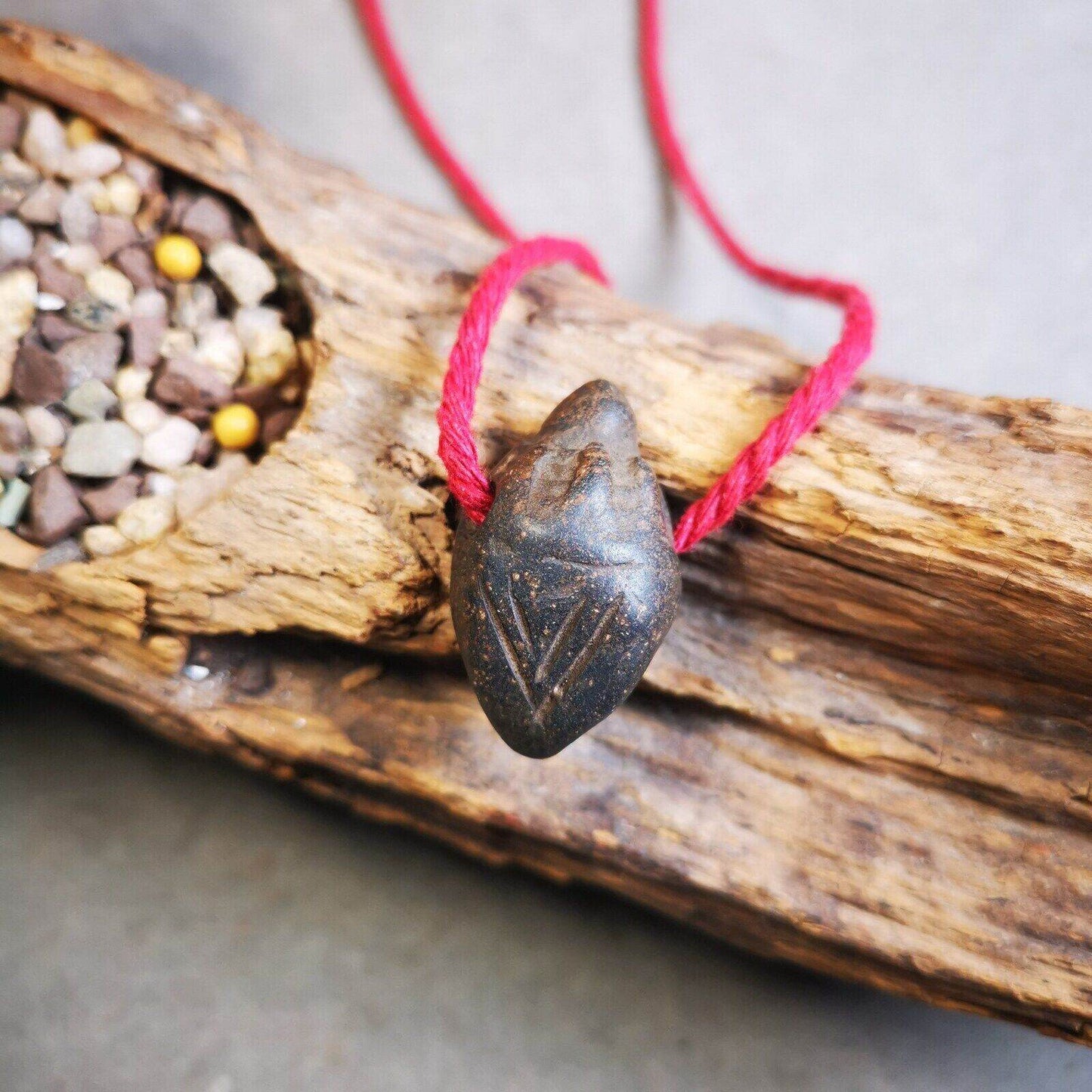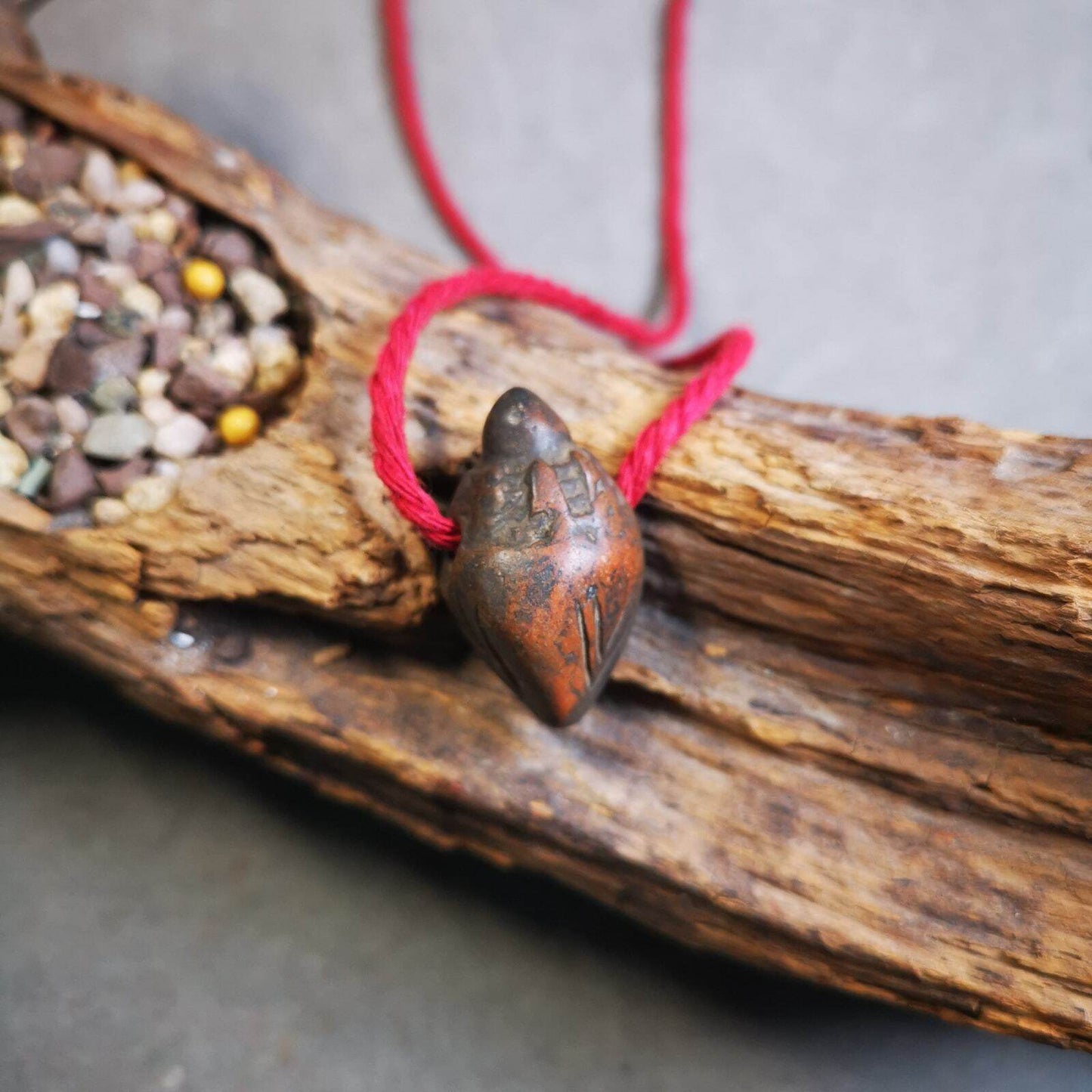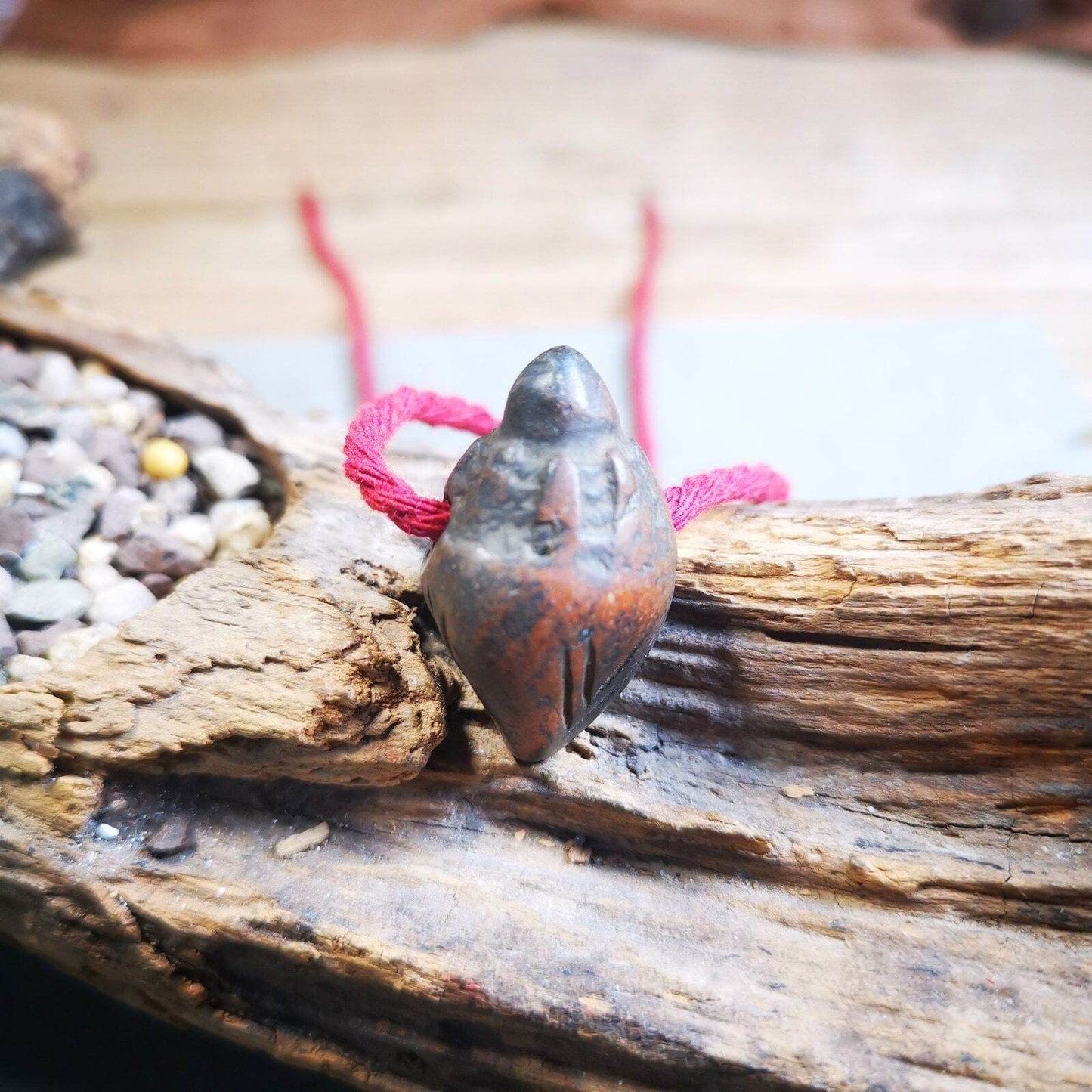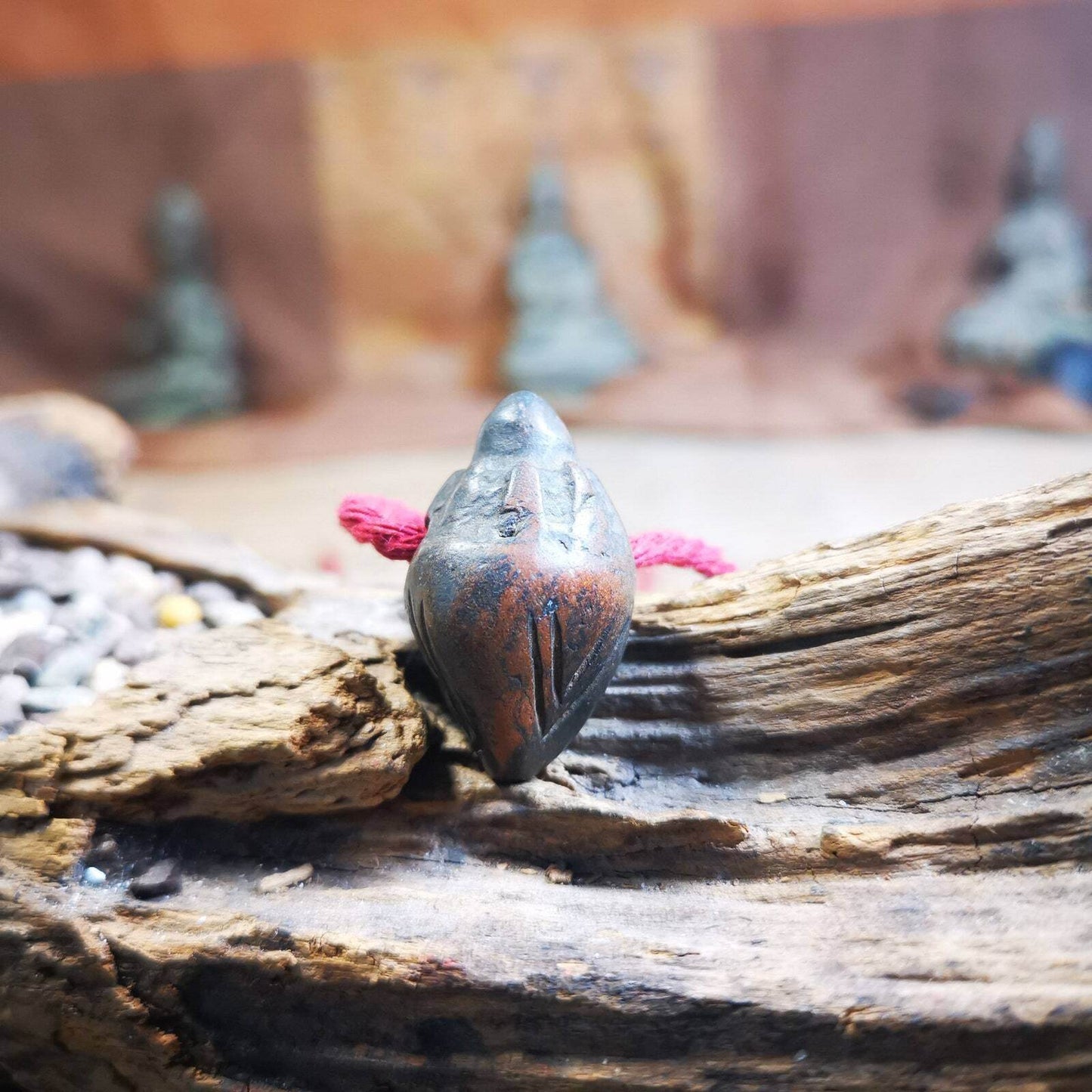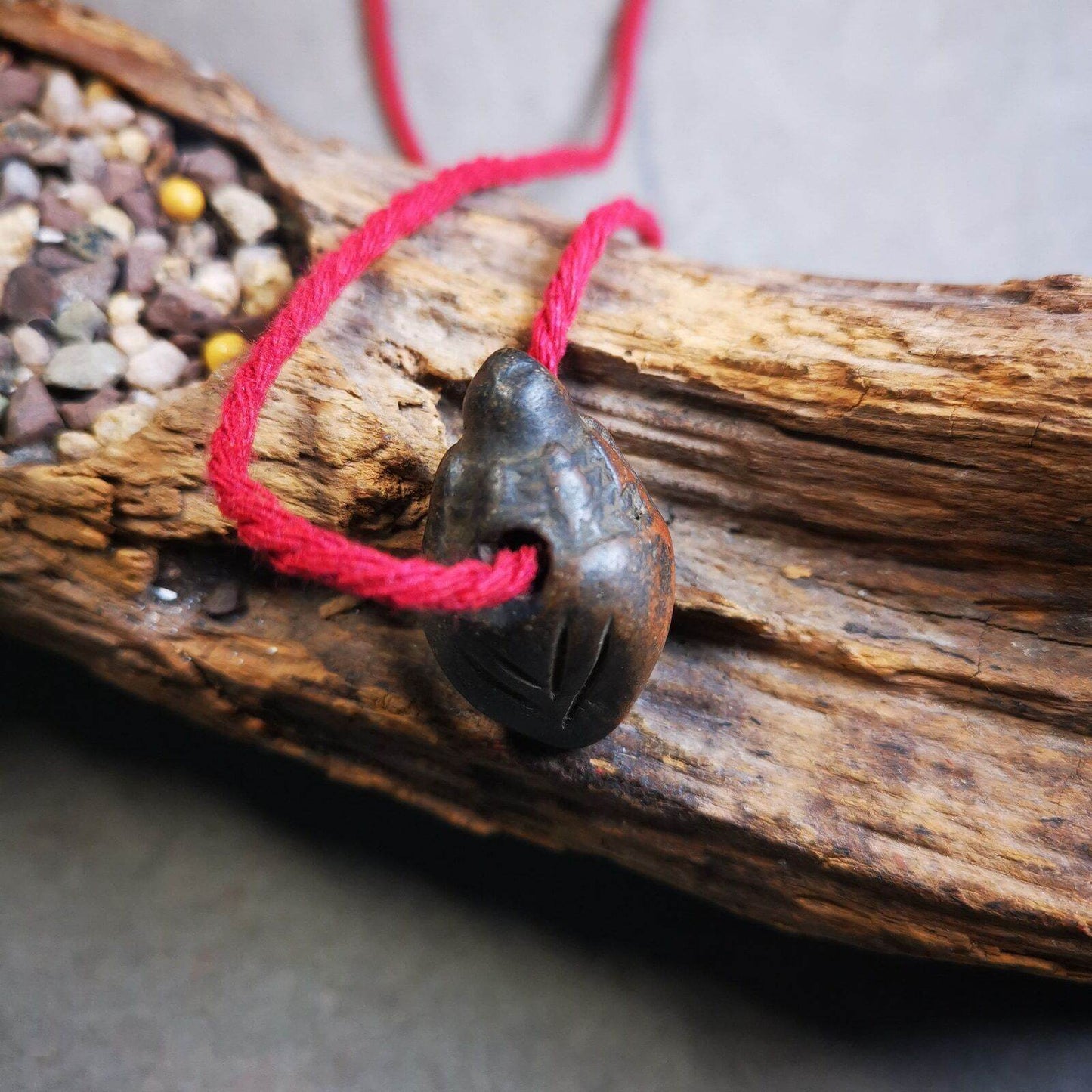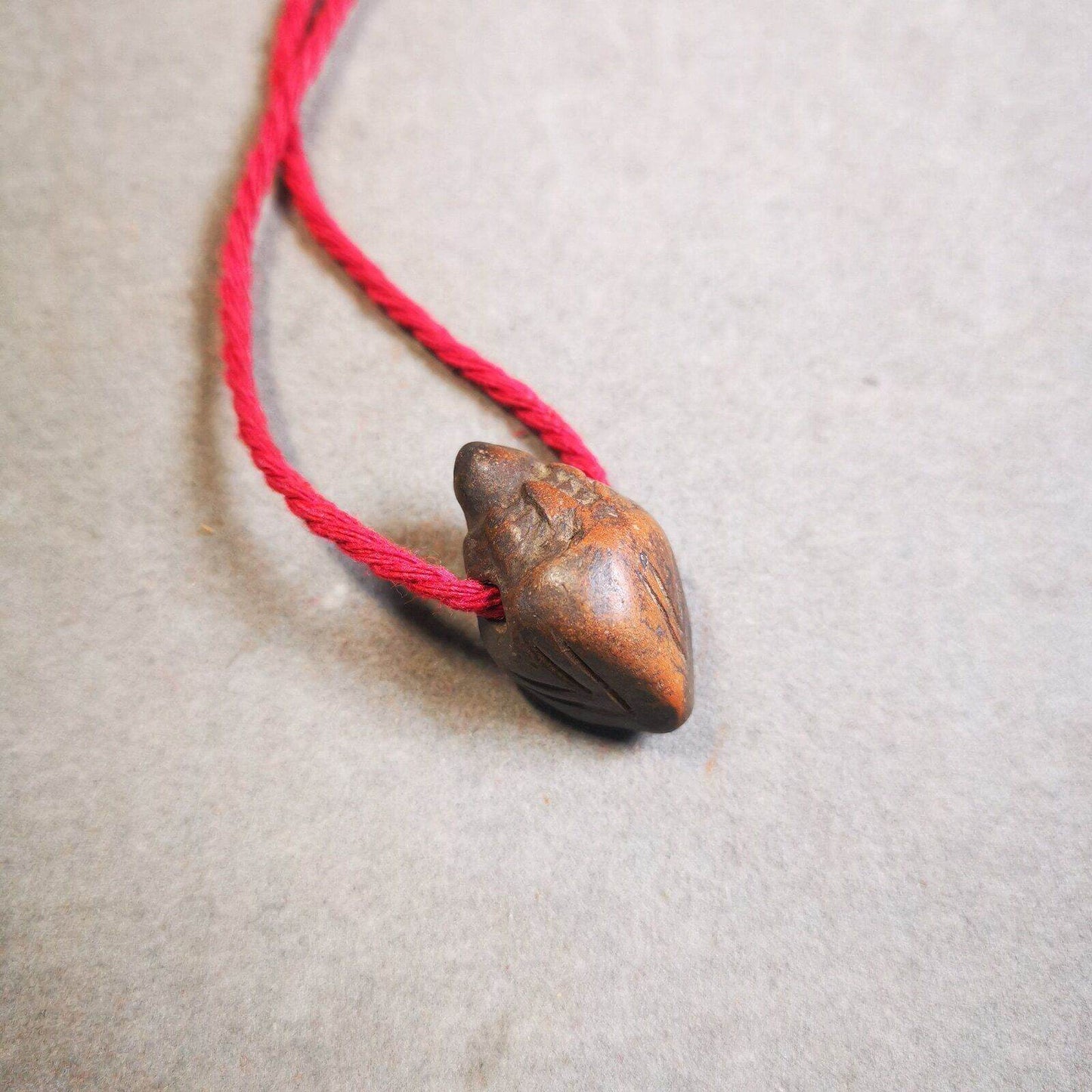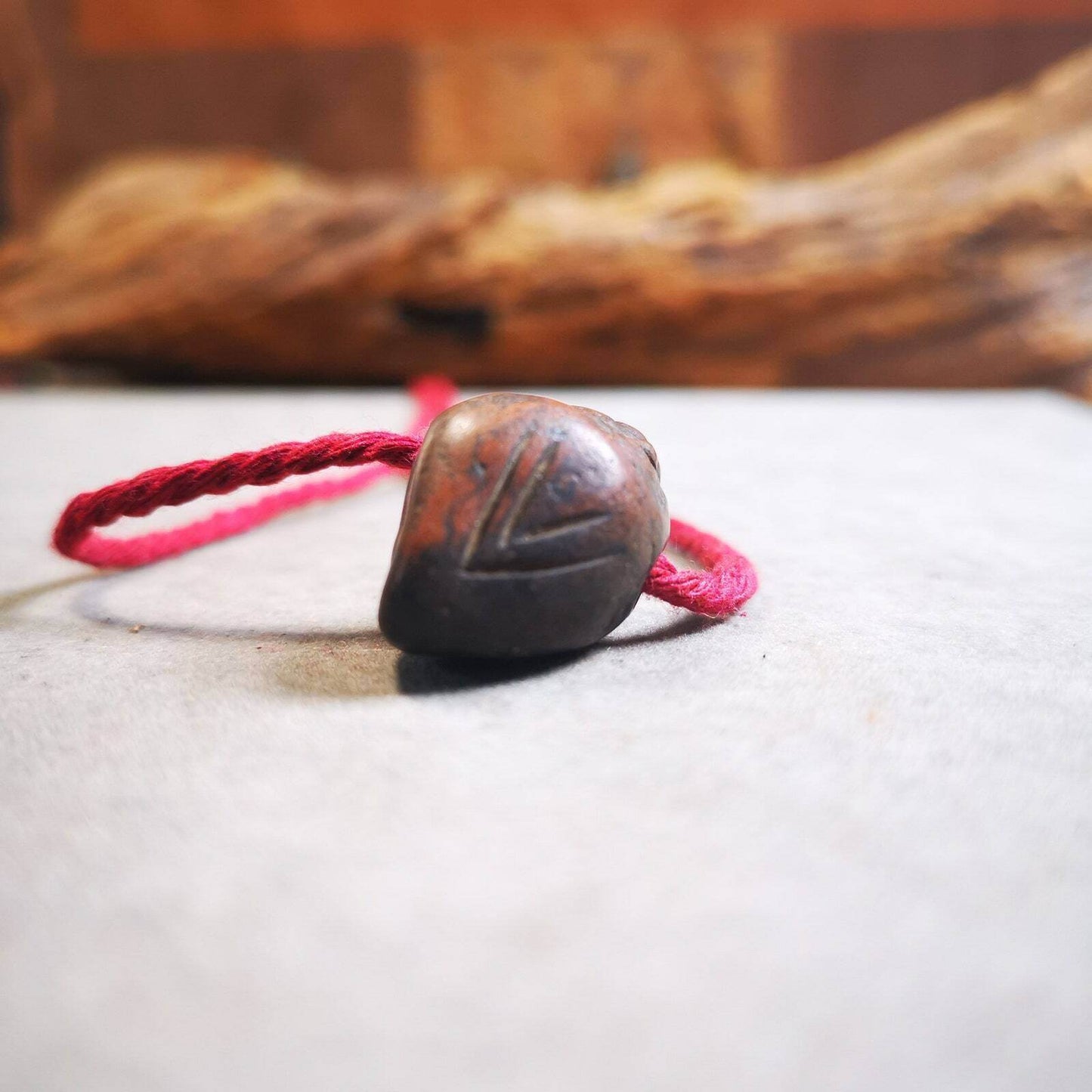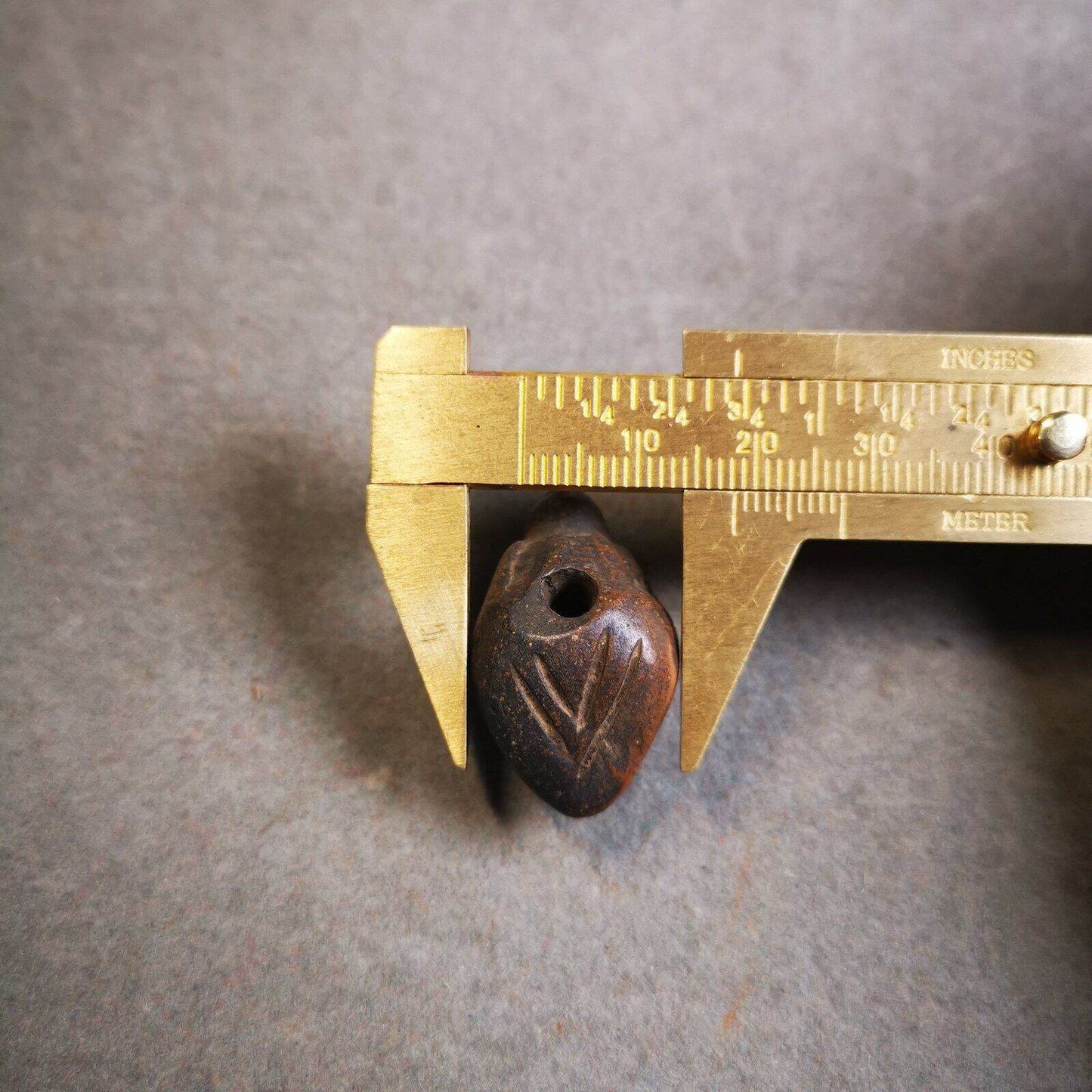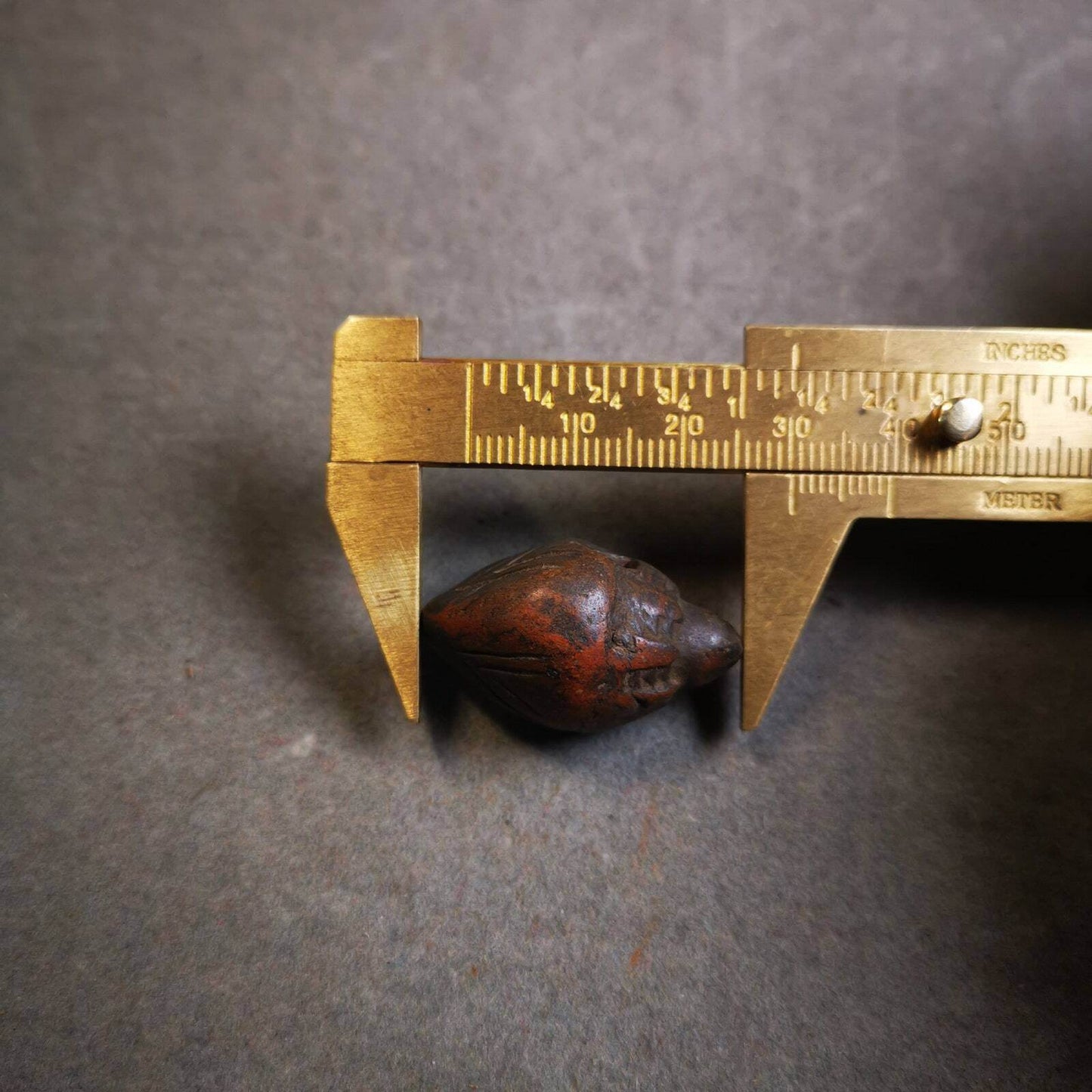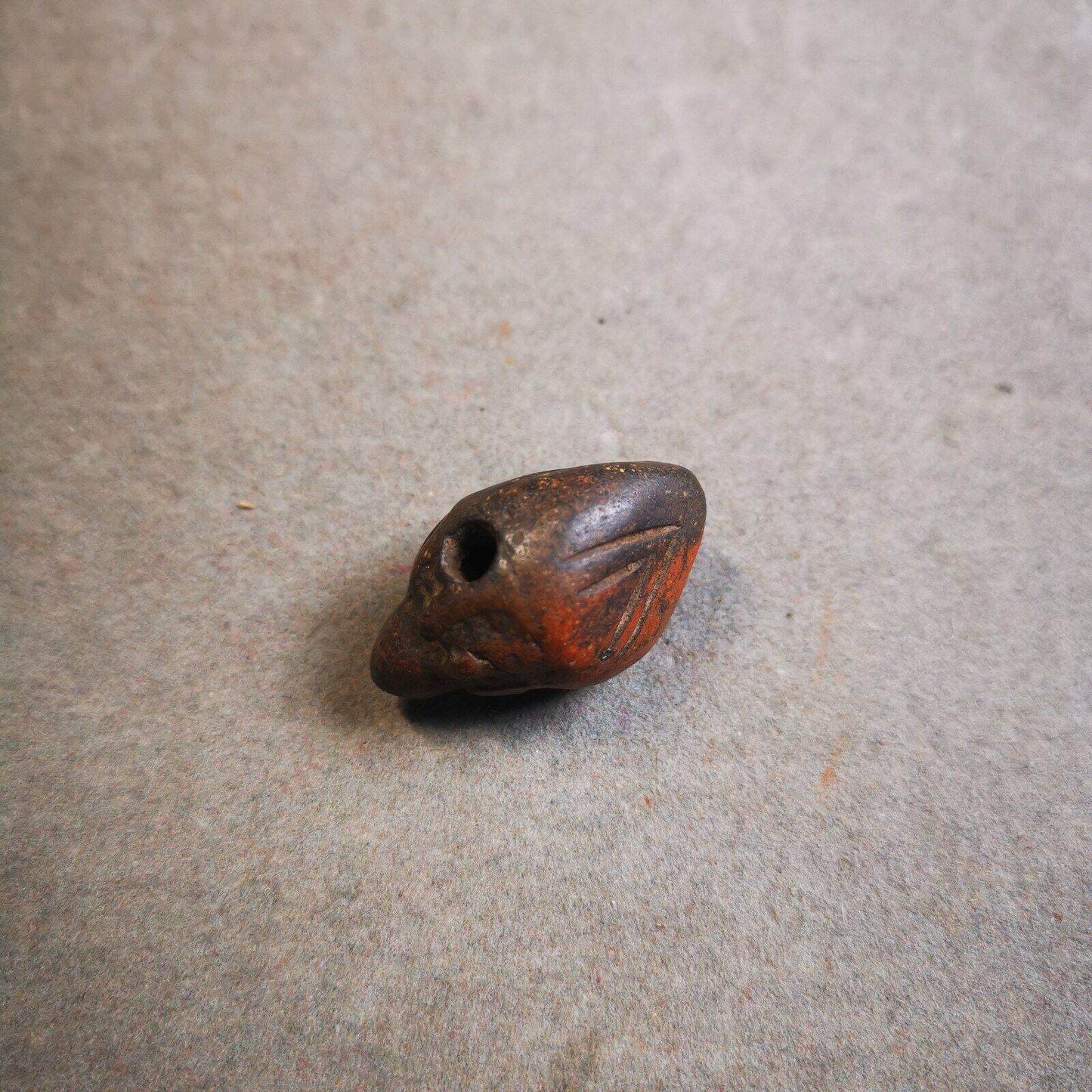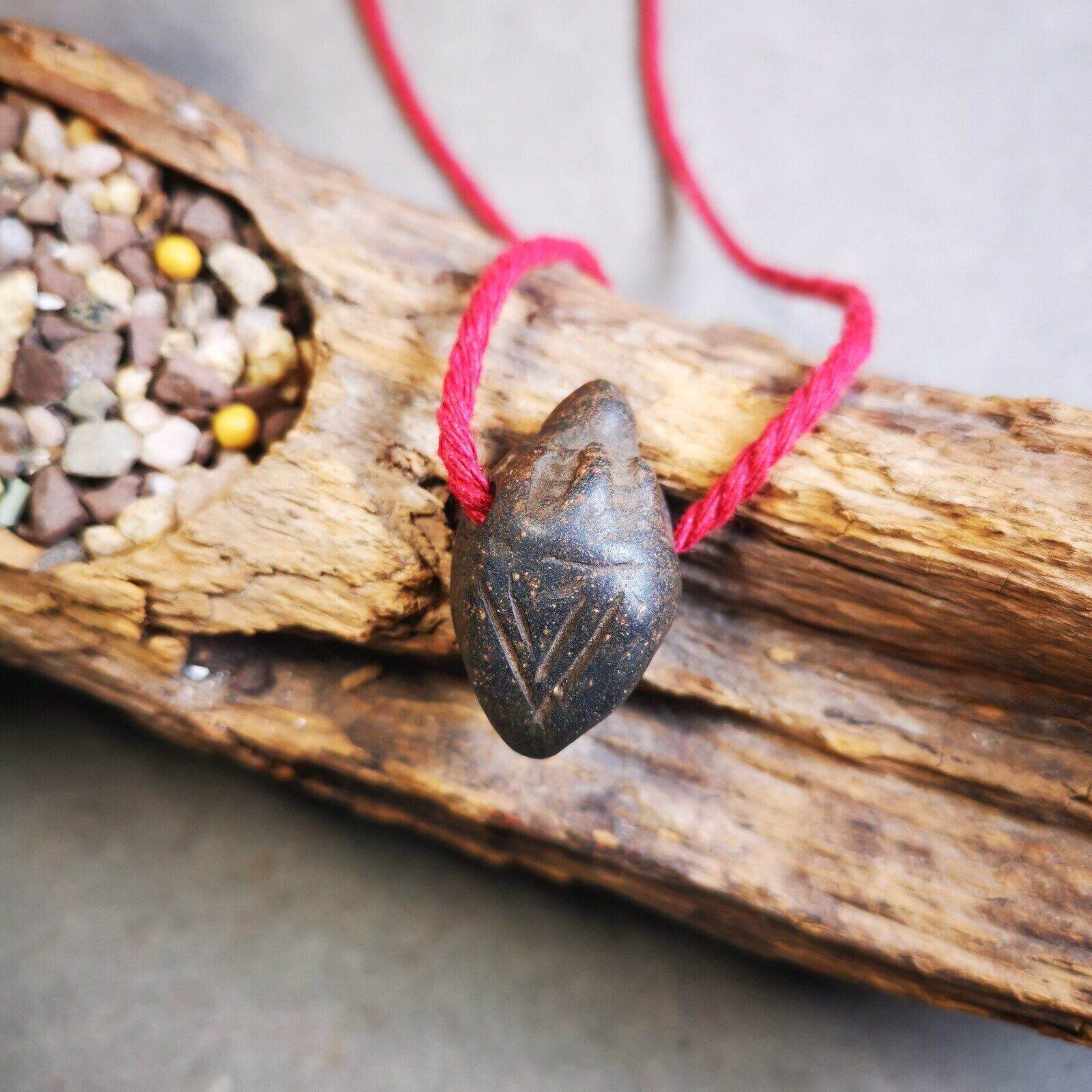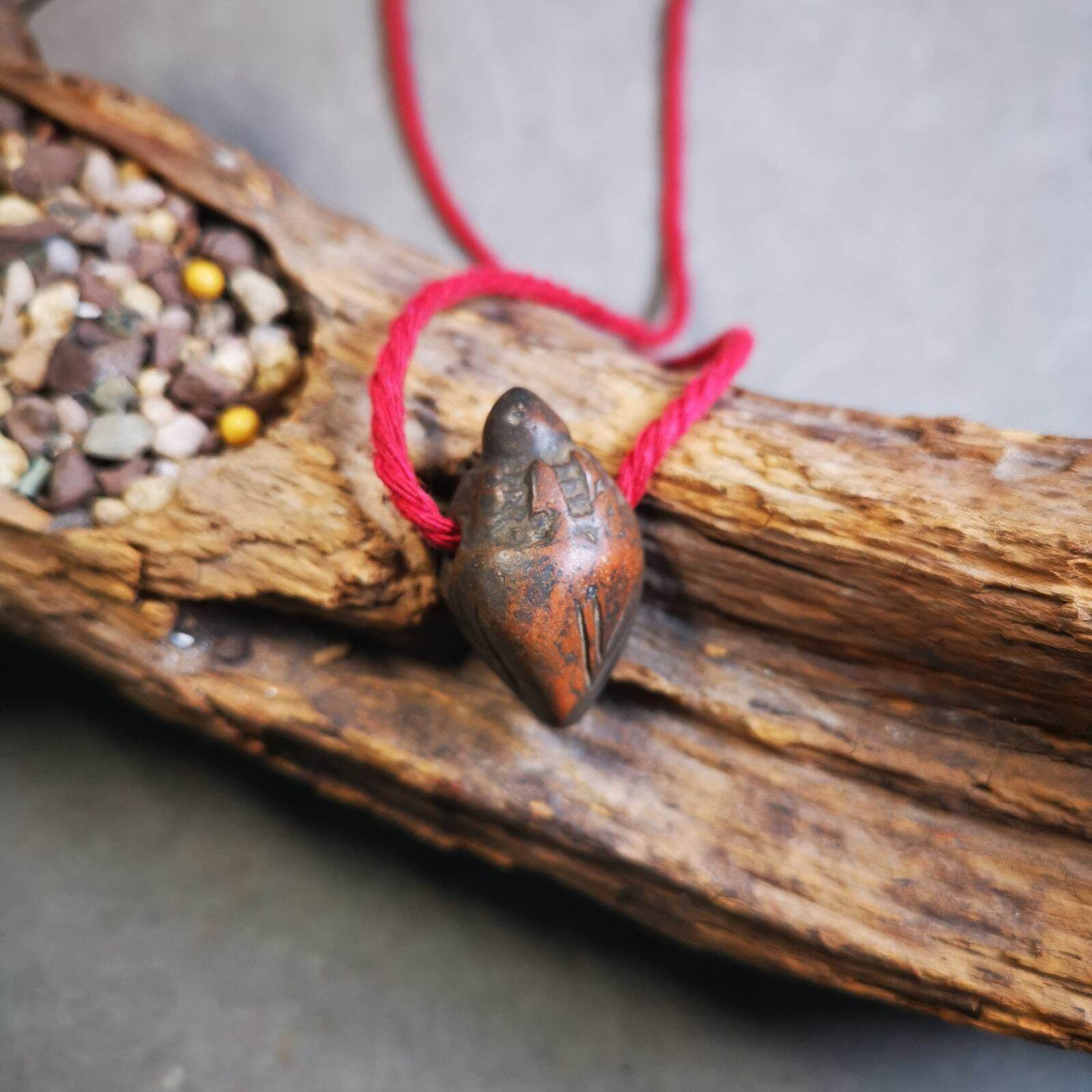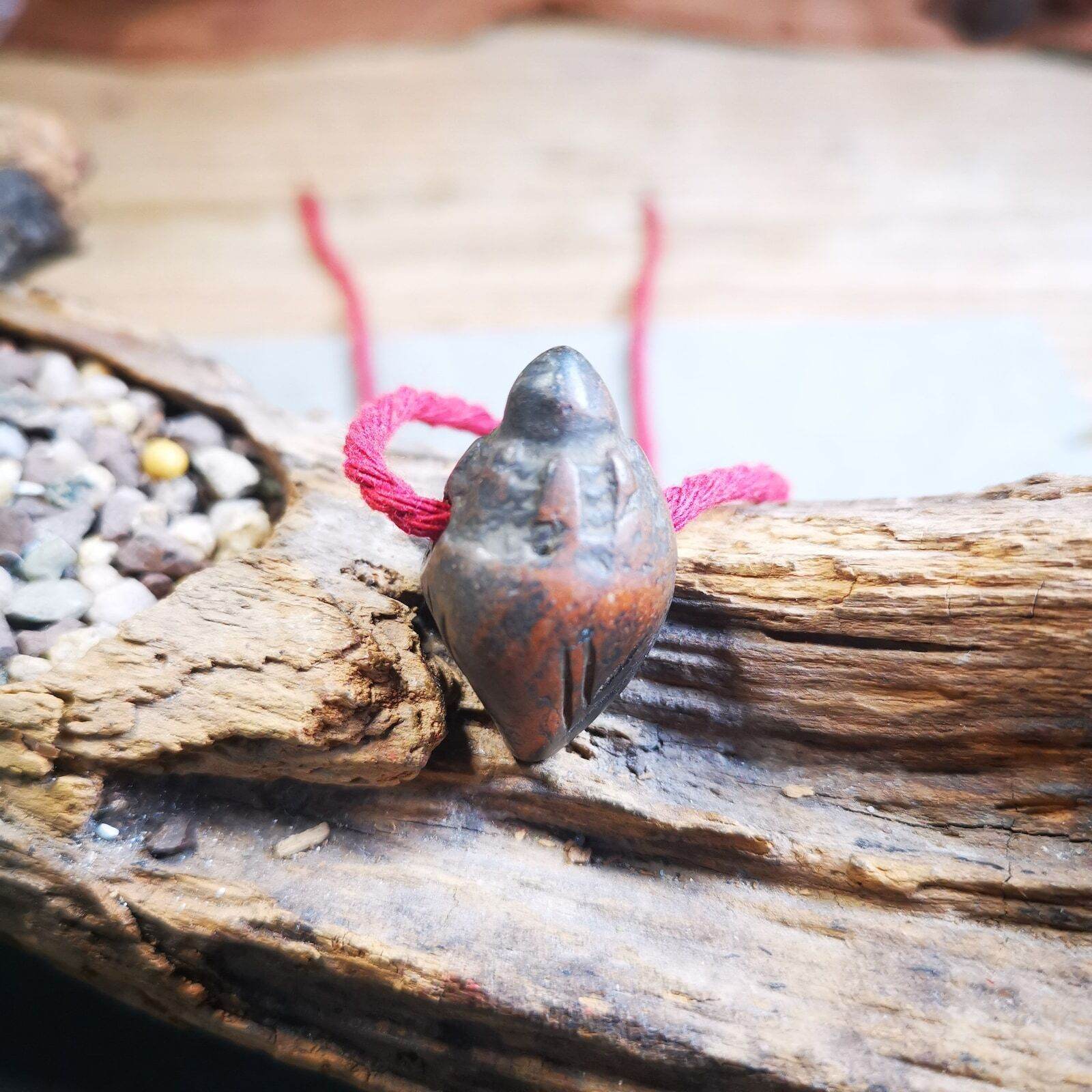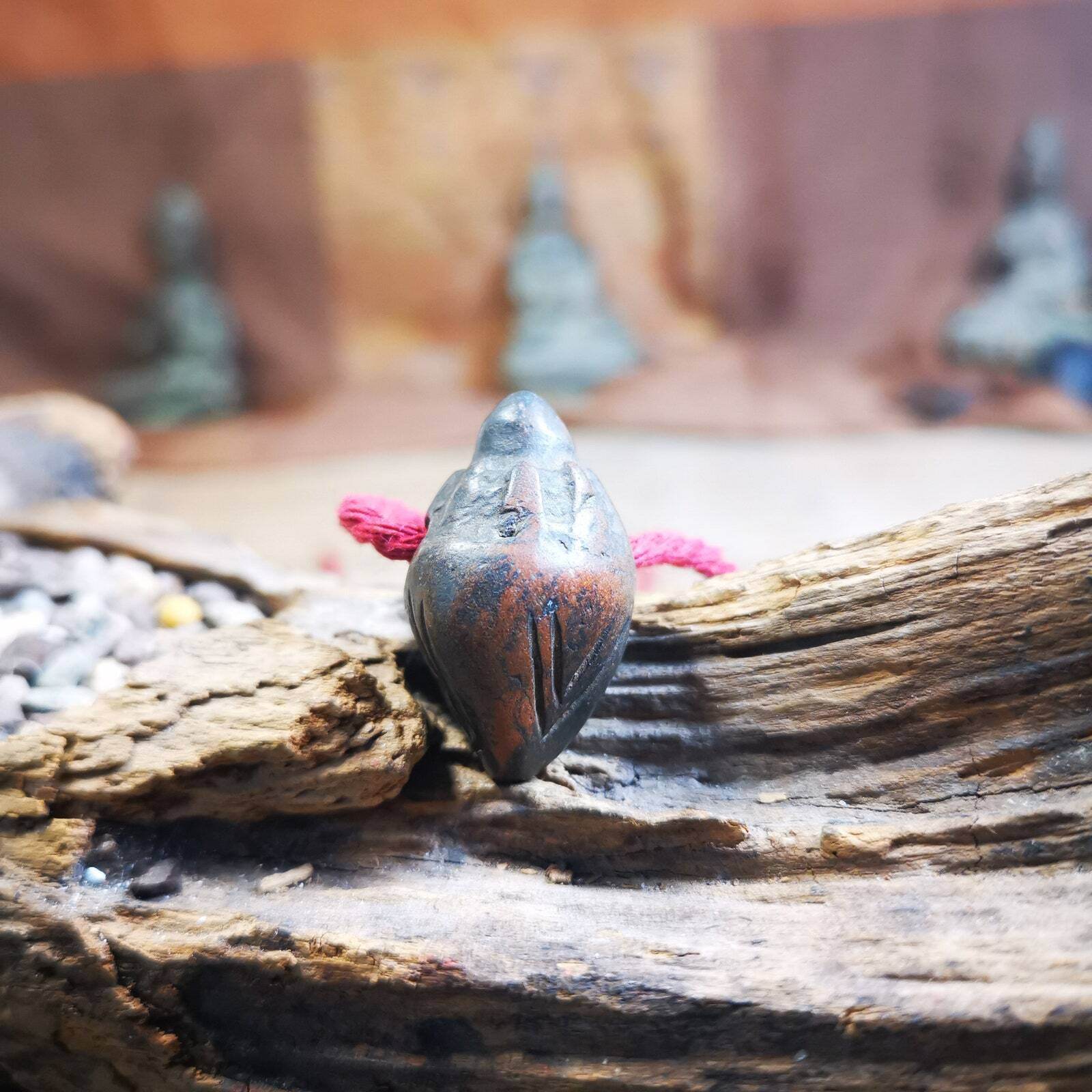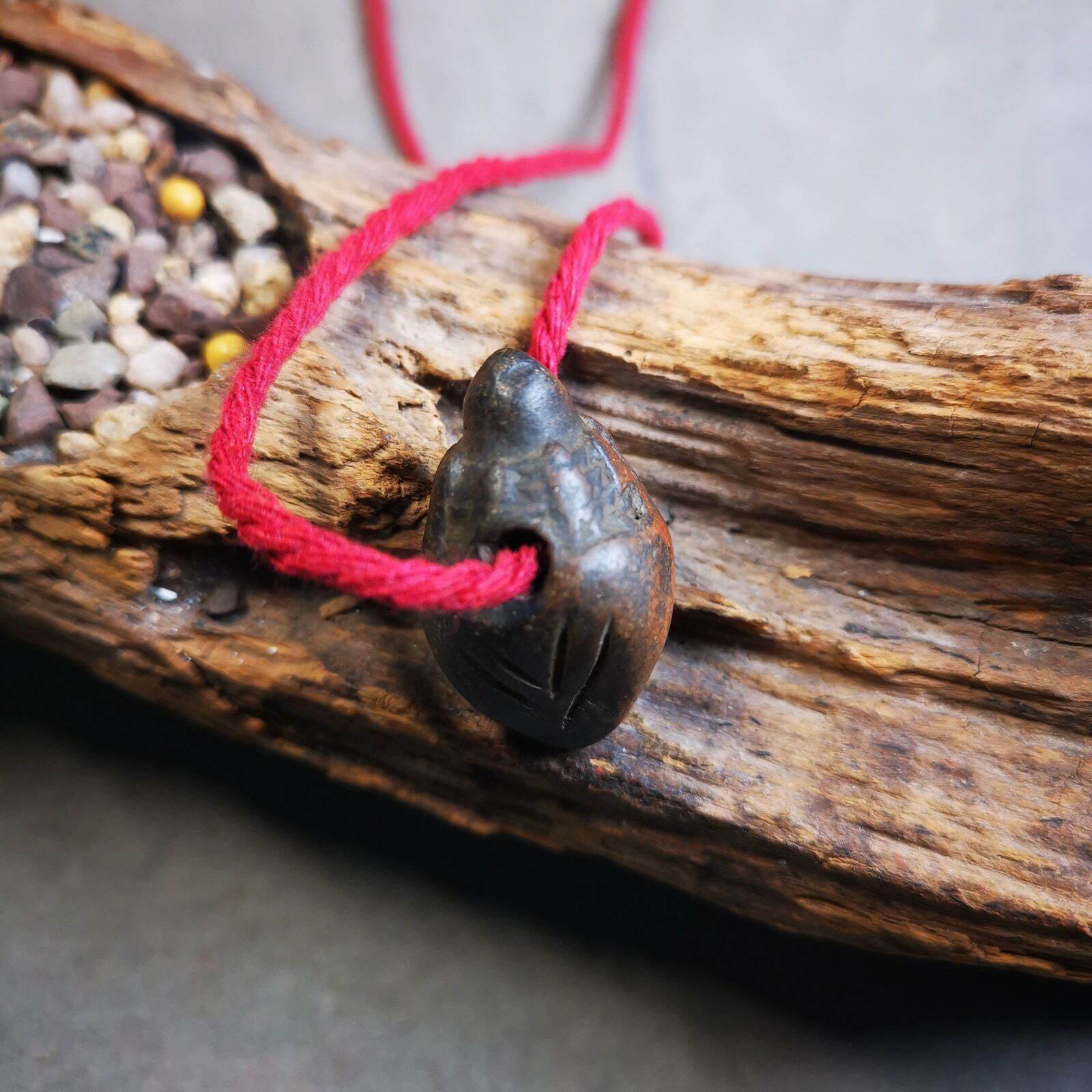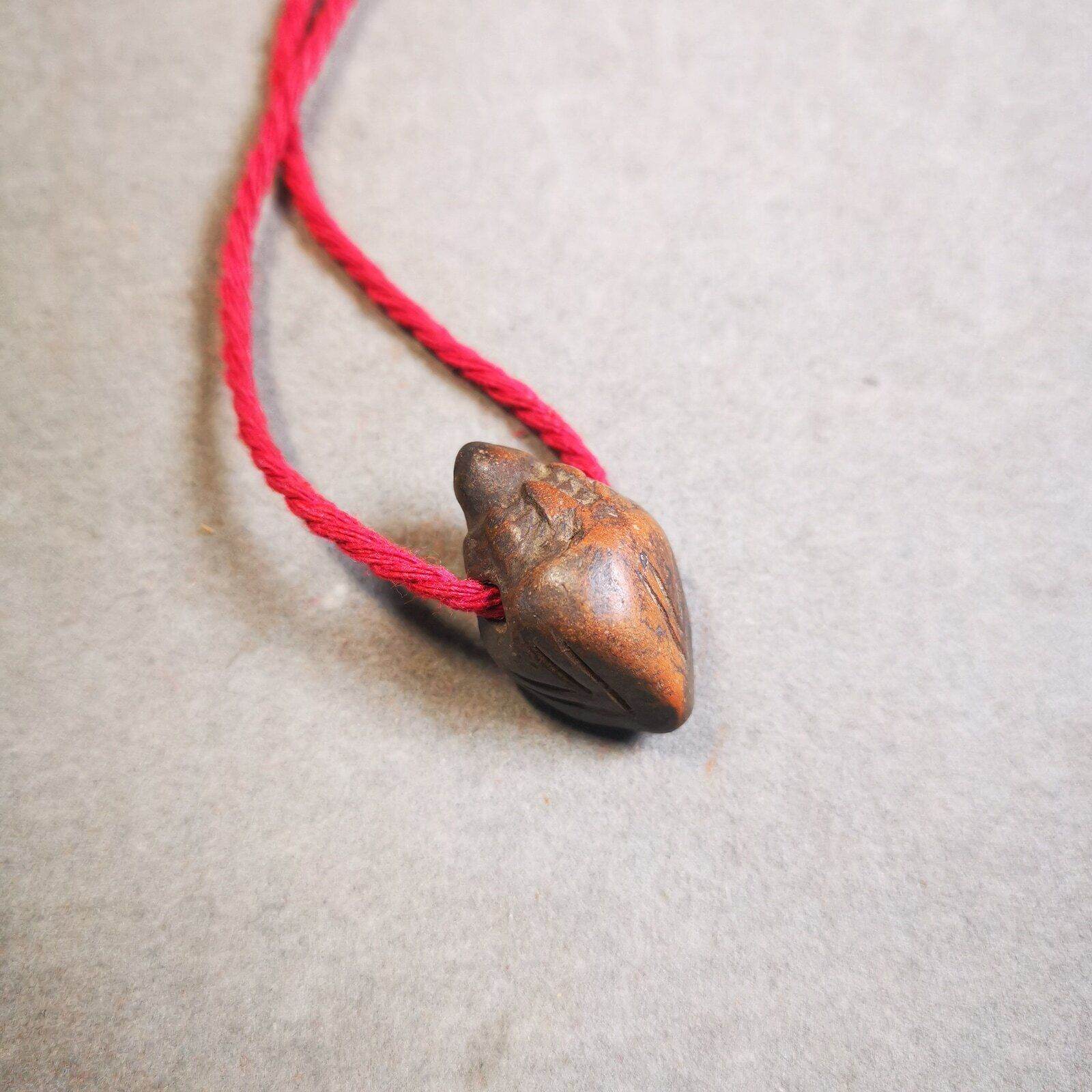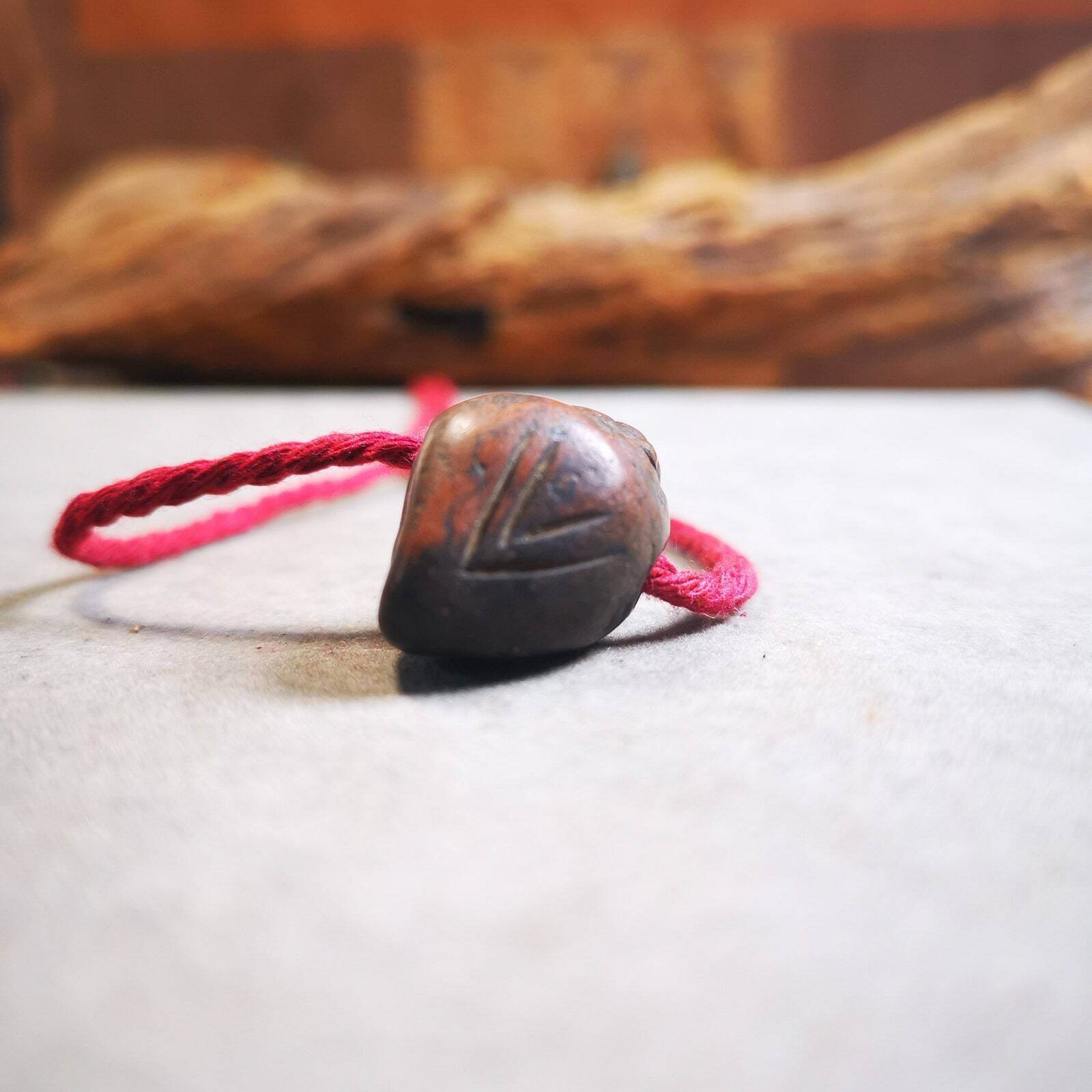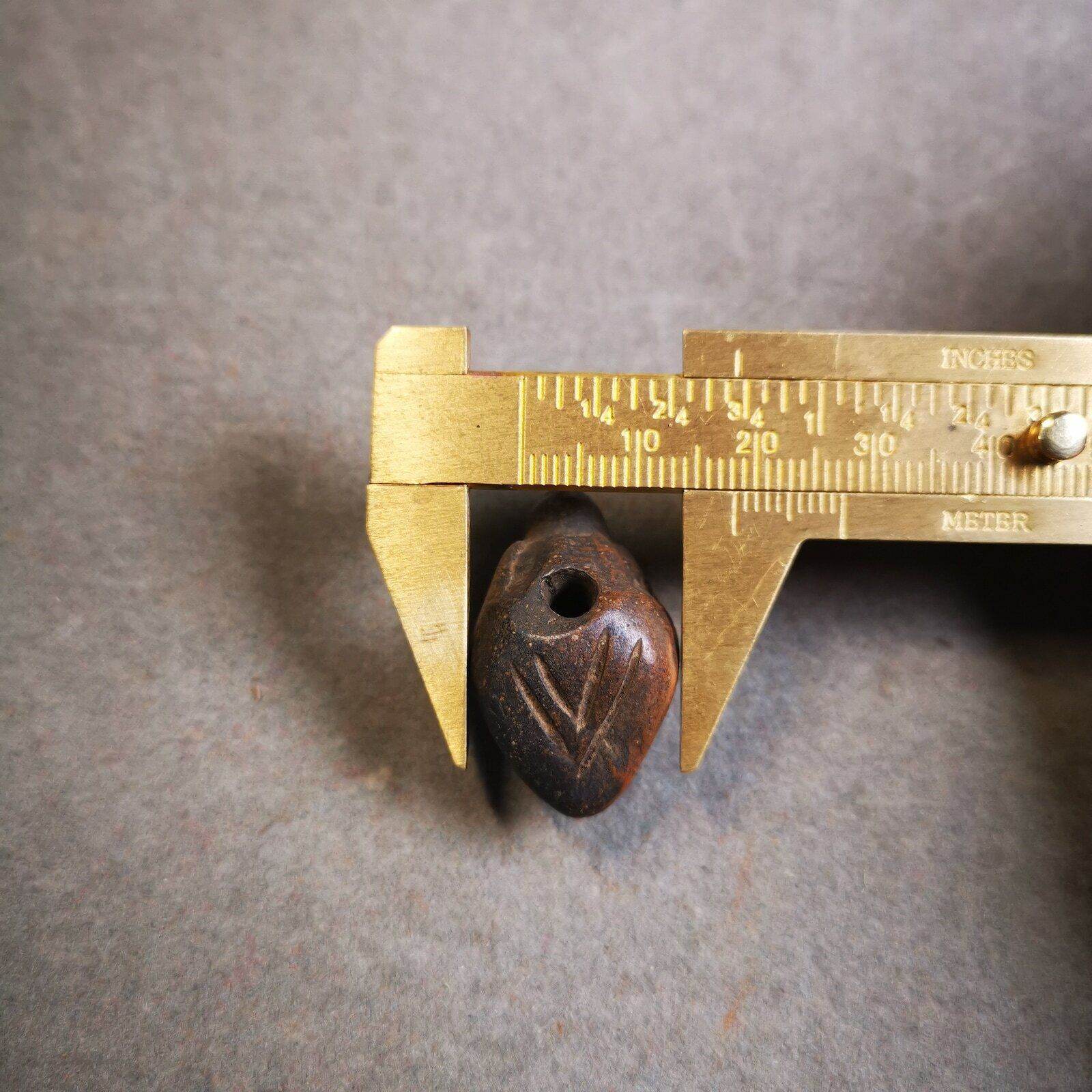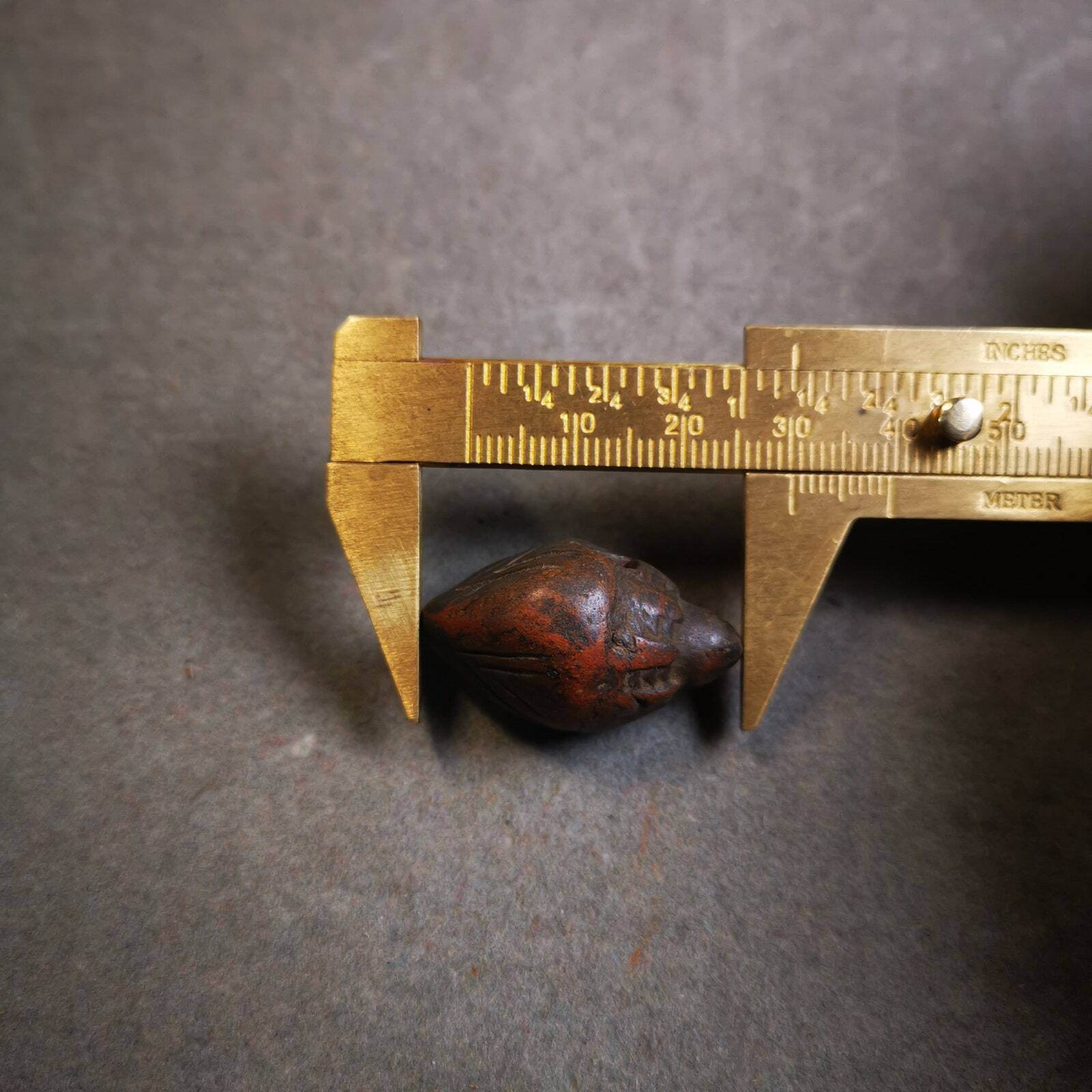Old Tibetan Niang La Tsa Tsa Statue Amulet, Small Stupa,Pagoda Pendant
Old Tibetan Niang La Tsa Tsa Statue Amulet, Small Stupa,Pagoda Pendant
Det gick inte att ladda hämtningstillgänglighet
This Stupa Tsa Tsa Statue is handcrafted by Tibetan artisans, blessed in Gengqing Monastery,Dêgê County,Tibet, made of clay,about 50 years old.
You can make it into a pendant, or just put it on your desk,as an ornament.
Details
Pattern:Stupa
Material: clay
Craft: Manual mold
Color:brown
Height about 30mm / 1.18inch
Width about 18mm / 0.7 inch
You'll get 1pc Tsa Tsa as pictures shown.
ABOUT TSA TSA
Tsa Tsa (Tibetan: ཚ་ཚ་, Willy: tsha tsha; Sanskrit: satchāya; Pali: sacchāya or sacchāha), a small mold-releasing clay sculpture in Tibetan Buddhism.
Tsa Tsa originated from India and was introduced to Tibet in the seventh century. It is extruded through a metal mold, and the cement is mixed with wheat grains, treasure powder, spices or the ashes of the monk. The patterns on it were mainly in Indian style in the early days, such as the Sky Tower, Gate Tower, Bodhi Pagoda, and the mantras of the Prajna Paramita Heart Sutra. Later, Tibet began to make its own molds, and the patterns of gods and Buddha images and the six-character mantra began to replace the earlier Indian style.
Tsa Tsa is generally placed in the pagoda as a stupa, or placed in a special "Tsa Tsa kang", or enshrined in temple halls, mani piles, monks' cultivation caves and other places.
ABOUT STUPA
A stupa (Sanskrit: स्तूप, lit. 'heap', IAST: stūpa) is a mound-like or hemispherical structure containing relics that is used as a place of meditation.A related architectural term is a chaitya , which is a prayer hall or temple containing a stupa.
In Buddhism, circumambulation or pradakhshina has been an important ritual and devotional practice since the earliest times, and stupas always have a pradakhshina path around them.
